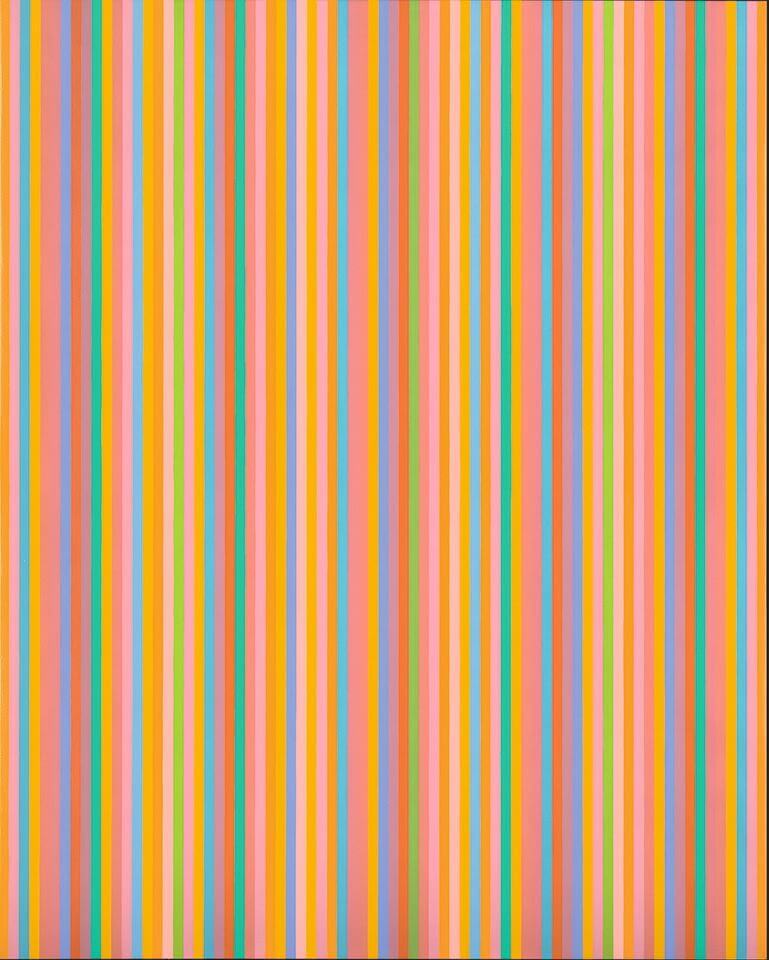Richard Schiff writes on the paintings of Bridget Riley on the occasion of Bridget Riley: Cosmos on view at the Christchurch Gallery, New Zealand through November 17, 2017.
Schiff observes: “Riley grants that the ‘role of art’ changes. Yet this social and historical role is merely an aspect of the art that an artist creates. Riley is at the extreme end of the scale that differentiates those who self-consciously intervene in history (play a role) from those who would supersede history by the force of human feeling. Her aesthetic target is perception, which opens individuals to feeling beyond the limits of their identity as the subject of a culture and a history: ‘Perception constitutes our awareness of what it is to be human, indeed what it is to be alive.’ What Riley says about art and life is more than metaphorical; people do experience art as sensory and emotional liberation. Academics debate competing theories of the human subject – its theological, anthropological and ideological origins, and even its end in a post-human condition of fluid identities. These cultural constructs exist only within a historical, conceptual frame. To the contrary, Riley’s ‘human’ is an organic life form endowed with bodily senses and psychosomatic feeling. The human is us. And it includes all others.”
